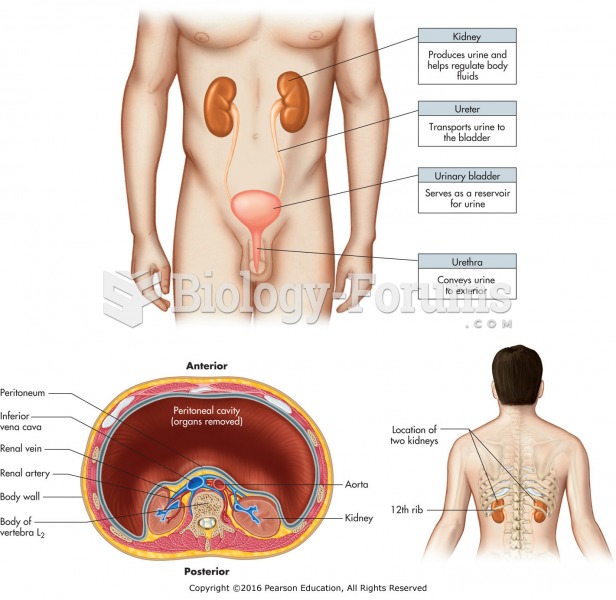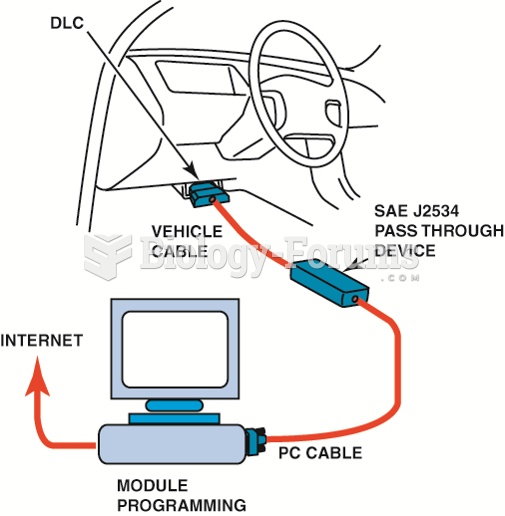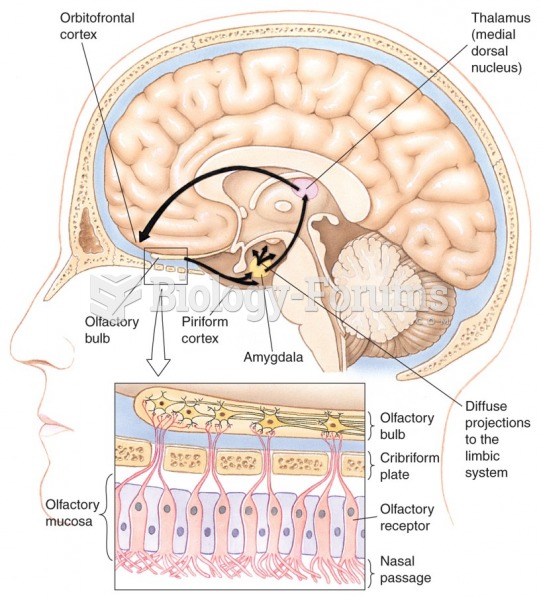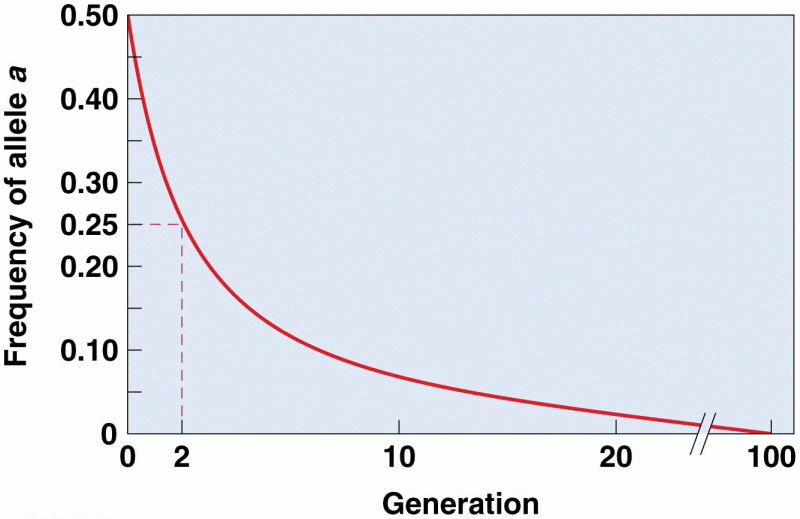Answer to Question 1
D
Answer to Question 2
Performance tests attempt to measure students' ability to use their knowledge and skills to solve real-world problems and create products. They require students to use a wide range of knowledge and skills to complete a task or solve a problem over an extended period of time and under relatively realistic conditions. The four standard methods of measuring students' performance capabilities are direct writing assessments (e.g., describe the teacher who has influenced you the most and explain why this influence has been so profound), portfolios (e.g., rough drafts and final drafts of a research paper), exhibitions (e.g., paintings, drawings, or models), and demonstrations (e.g., conducting an experiment, using the scientific method in order to investigate some question of interest). Performance tests are characterized by
a.Active responding: Focus is on the process as well as the product.
b. Degree of realism: Tests strive to approximate everyday tasks; however, they vary in their degree of realism because of such factors as time, cost, equipment, and the nature of the skill being measured.
c. Complex problems: Questions and problems are typically open-ended and ill-structured in order to assess student ability to apply knowledge and skills productively.
d. Close relationship between teaching and testing: The focus is on giving students realistic opportunities to practice skills, so the content of instruction is directly linked to the content of the assessment.
e. Scoring rubrics: Rubrics are guides for scoring student performances that help teachers maintain consistency. Specifying the qualities of different levels of a performance also helps teachers to maintain the close connection between the content of instruction and the content of the assessment by keeping them mindful of their goals.
f. Formative assessments: Real-life performances and products are the result of repeated cycles of feedback and revision. This helps students to learn to evaluate the quality of their efforts to learn.
g. Responsiveness to cultural diversity: Because they emphasize hands-on activity and, on occasion, group problem solving, performance tests are thought to be more accurate measures of what students have learned.







